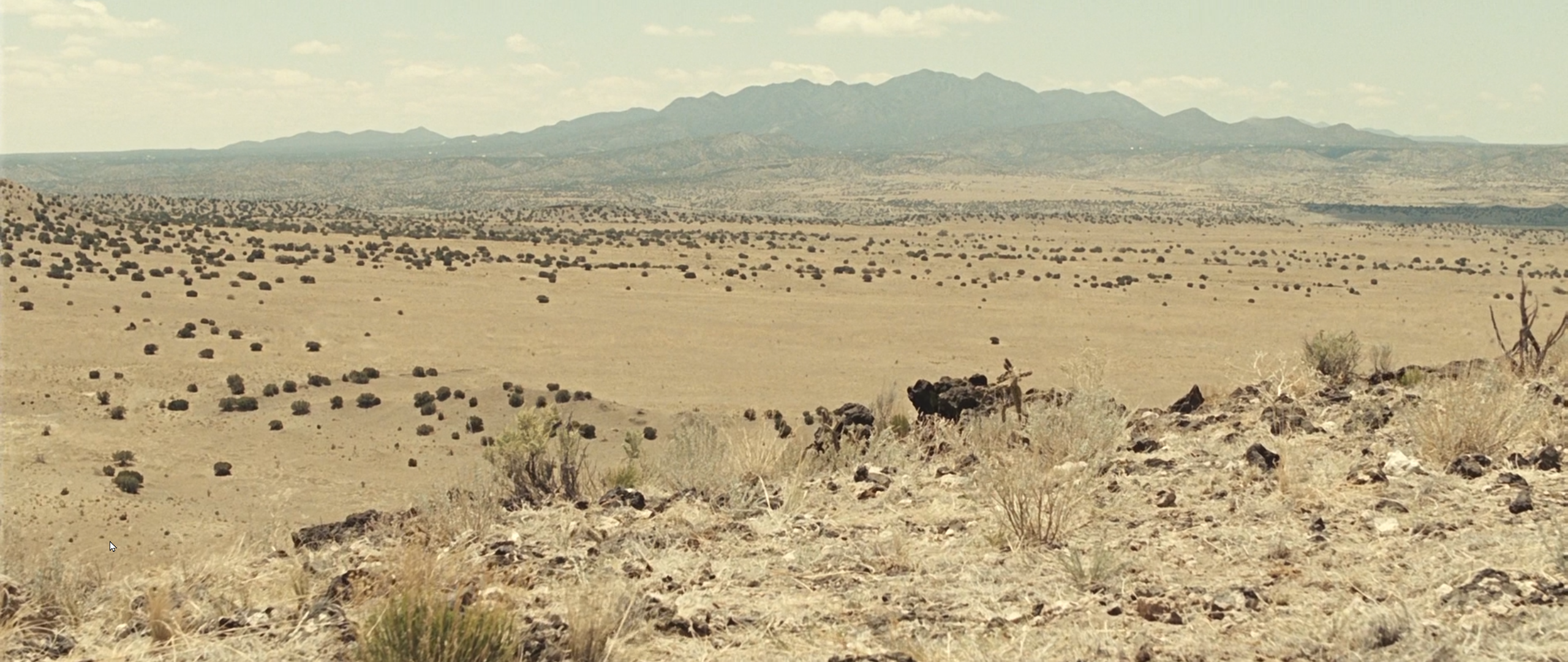Hi everyone — I’m Joan Rohlfing, president and COO of the Nuclear Threat Initiative. We’re a nonprofit, nonpartisan global security organization focused on reducing nuclear and biological threats imperiling humanity. In an era when the likelihood of use of weapons of mass destruction by individuals, terrorist organizations, and states is growing, we work to drive systemic change by galvanizing large-scale institutional adoption of innovative global security practices and programs. We’ve been doing it successfully for 20 years now.
What threats are most urgent? What can we do to stop them? I'm ready to answer those questions and more on Thursday, December 9, from 11 a.m. to 2 p.m. EST. (You can ask me something during that window or anytime before.)
This AMA is a follow-on to a talk I gave about nuclear threats in October, at the Effective Altruism Global 2021 conference in London. I discussed my strong belief that it is possible to make a difference in this arena, and I described what I believe we can do — and must do — together to build a safer world. I look forward to continuing that conversation this week!
A little more about me: Before joining NTI, I held senior positions in the U.S. Department of Energy and worked as an advisor to the U.S. Ambassador to India in the wake of nuclear tests in India and Pakistan. Earlier in my career, I oversaw nuclear weapons policy and acquisition programs at the Department of Defense and the Armed Services Committee of the U.S. House of Representatives. My thinking on nuclear security has been shaped by 35 years working in this field, and I’ve worked on this from all angles — from a military, a diplomatic, a political, a technical, and an academic perspective.
I look forward to your questions — ask me anything!


Thanks for this question Stephen. Let me start with my overall perspective on the probability of use: Over the 'deep time' periods about which I have learned much from the EA Community -- periods of hundreds or thousands of years – I believe a CNE is a near certainty unless we dramatically reduce this risk. For a while, states acquired nuclear weapons roughly at the rate of one every five years; this rate slowed after the Nuclear Non-Proliferation Treaty was negotiated, but has never stopped. Over the next century, we will either manage the risks of nuclear technology more effectively, or the number of actors with nuclear weapons will increase until someone makes a mistake. After that, our ability to manage these risks may be destroyed completely.
That said, I also want to share some more insight into the 0.5% figure that I shared at the EA Global meeting. I thought it was important for me to offer the EA community my own assessment about the probability of a catastrophic nuclear event (CNE).
I want to be clear, however, that any probability assessment in this space is, of necessity, a judgment call, no matter who provides it. The nuclear “system” is a massive, complex, system of many sub-systems, and it’s impossible to quantify the risks of use the way one might, for example, conduct a probabilistic risk assessment of the likelihood of failure of a specific engineered technology (where specific data about system performance over time can be employed to calculate probabilities). With the nuclear weapons system, we are talking about thousands of individual weapon and delivery systems, tens of thousands of humans in the decision-making and launch execution loop, hundreds of thousands of technical (and digital) components, and constantly evolving political dynamics and uncertainties which are not quantifiable beyond a qualitative judgment.
Ultimately, I’ve given you my judgment about the probability of nuclear use, on average, in any given year based on:
The key point I wanted to illustrate with my probability assessment is that even if we think the risk of use is small in any given year, the cumulative risk is unacceptably large over time. I did not say, but perhaps should have highlighted, that nuclear risk is not static, and some years my judgment about the risk would be much higher than 0.5%. For example, we are watching Russian forces mass along the border with Ukraine as I write, and tensions are very high right now between the US/Europe and Russia. In this moment of heightened risk, and until we back away from posturing our forces for conflict, I would say the risk of use is much higher, perhaps by as much as a factor of 10. If that persists over time, and between more nuclear adversaries, the probability of use over time becomes much higher. Sadly, I suspect that’s the world we are heading for – an increasing use probability – if we don’t succeed in dramatically reducing risks through a variety of measures that are policy, technical and political in nature.